Do you have a question about the Panasonic SA-VK31GC and is the answer not in the manual?
Details on using lead-free solder, including melting points and handling.
Precautions for handling the sensitive traverse deck and optical pickup.
Methods for grounding to prevent damage from static electricity.
Step-by-step guide for removing the top cabinet and rear panel.
Procedure for taking apart the CD mechanism unit.
Steps to disassemble main, transformer, and MP3 circuit boards.
Guide for removing panel and tact switch circuit boards.
Procedure for dismantling the deck mechanism and circuit board.
Steps for replacing main components of the CD mechanism.
Instructions for disassembling the deck mechanism.
Procedure for replacing the cassette lid assembly.
Steps to diagnose and resolve tape playback issues.
Guide for checking specific circuit boards in the service position.
Instructions for checking panel, tact switch, deck, and mechanism boards.
Lists error codes and problems related to the deck mechanism.
Error codes and problems for the CD/changer block.
Error codes and issues related to the power supply.
Explains the self-diagnostic display function for error codes.
Step-by-step instructions to access the self-diagnostic mode.
Procedure for testing the cassette mechanism for specific error codes.
Test procedure for the CD mechanism with specific error codes.
Method to reset or clear all recorded error codes.
Instructions on exiting the self-diagnostic mode.
Information on identifying power amplifier failure via error code F61.
Steps to activate the CD test mode for diagnostics.
How to interpret automatic adjustment results in CD test mode.
Procedures for measuring and adjusting the cassette deck section.
Procedures for measurements and adjustments specific to the tuner section.
Identifies specific points for alignment procedures.
Details on using lead-free solder, including melting points and handling.
Precautions for handling the sensitive traverse deck and optical pickup.
Methods for grounding to prevent damage from static electricity.
Step-by-step guide for removing the top cabinet and rear panel.
Procedure for taking apart the CD mechanism unit.
Steps to disassemble main, transformer, and MP3 circuit boards.
Guide for removing panel and tact switch circuit boards.
Procedure for dismantling the deck mechanism and circuit board.
Steps for replacing main components of the CD mechanism.
Instructions for disassembling the deck mechanism.
Procedure for replacing the cassette lid assembly.
Steps to diagnose and resolve tape playback issues.
Guide for checking specific circuit boards in the service position.
Instructions for checking panel, tact switch, deck, and mechanism boards.
Lists error codes and problems related to the deck mechanism.
Error codes and problems for the CD/changer block.
Error codes and issues related to the power supply.
Explains the self-diagnostic display function for error codes.
Step-by-step instructions to access the self-diagnostic mode.
Procedure for testing the cassette mechanism for specific error codes.
Test procedure for the CD mechanism with specific error codes.
Method to reset or clear all recorded error codes.
Instructions on exiting the self-diagnostic mode.
Information on identifying power amplifier failure via error code F61.
Steps to activate the CD test mode for diagnostics.
How to interpret automatic adjustment results in CD test mode.
Procedures for measuring and adjusting the cassette deck section.
Procedures for measurements and adjustments specific to the tuner section.
Identifies specific points for alignment procedures.
| Tuner | FM/AM |
|---|---|
| Bluetooth | No |
| USB Playback | No |
| Number of Channels | 2.1 |
| DVD Player | Yes |
| Disc Playback | CD |
| Playable Media | CD, CD-R/RW |





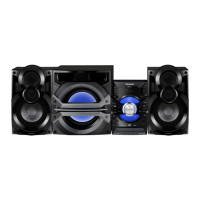
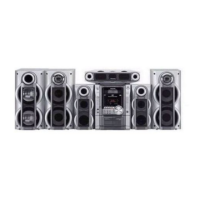


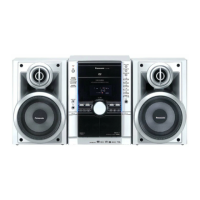
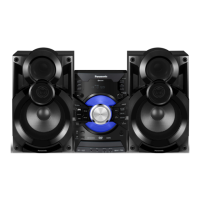
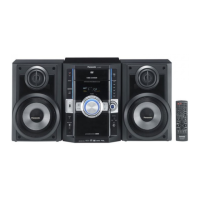
